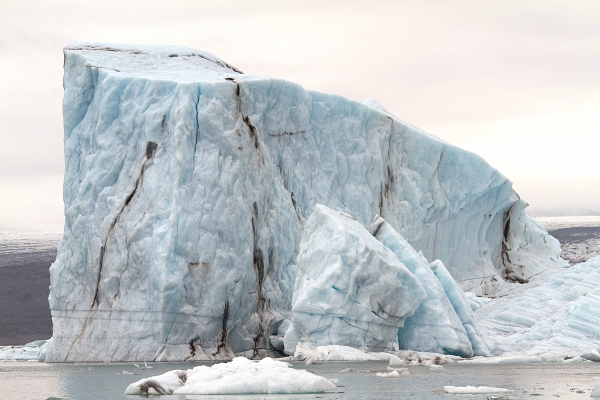Researchers from The Ohio State University are using dust trapped in glacier ice in Tibet to document past changes in Earth’s intricate climate system – and maybe one day help predict future changes.
Their findings suggest that the dust composition in samples collected from different areas and depths of the same glacier can vary greatly, a discovery that hints that a complete dust record could offer up more secrets than scientists realize.
Dust stirred up by strong winds can cause a host of chain reactions in the atmosphere, affecting everything from human health and marine biochemistry to the balance of carbon dioxide in the atmosphere. How these microparticles affect the surrounding atmosphere is largely dependent on their size, shape and chemical makeup.
In a new study, recently published in the Journal Geosciences, researchers worked to help understand how dust affects climate – and is affected by it – through examining dust particles locked inside ancient ice, or what Emilie Beaudon, co-author of the study and a senior research associate at the Byrd Polar and Climate Research Center, calls ‘cryo-dust.’
Read more at: Ohio State University
Photo Credit: kasabubu via Pixabay


